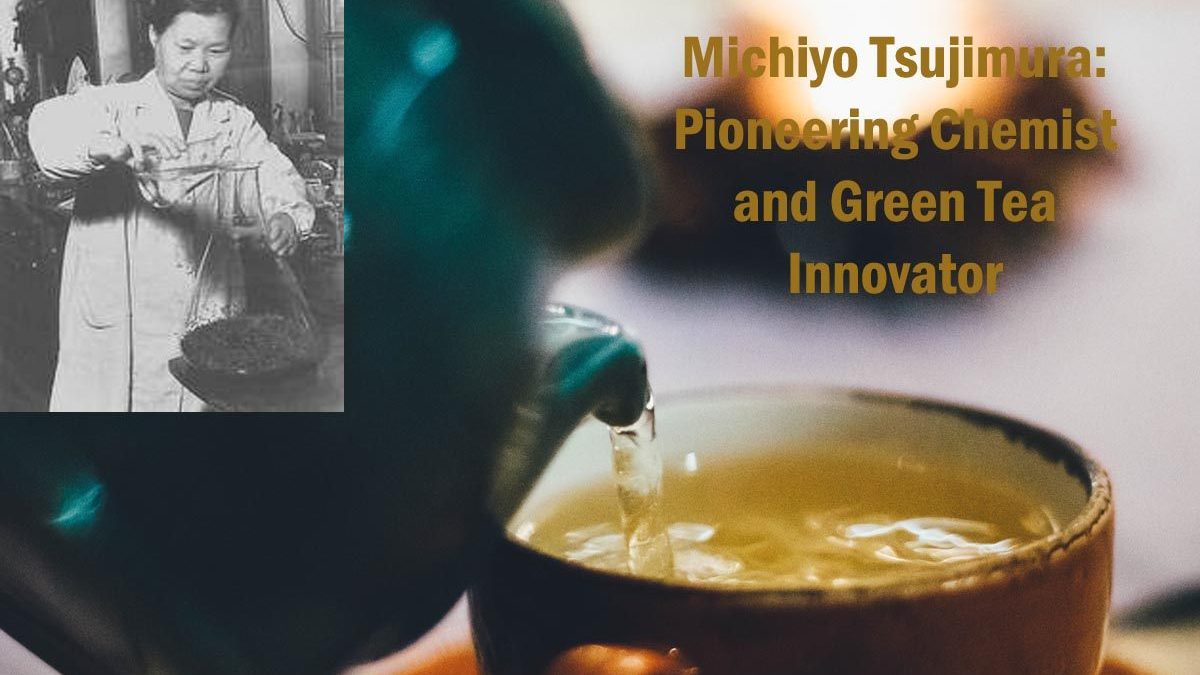Table of Contents
Introduction
In scientific innovation, there are individuals whose contributions transcend their time, leaving an indelible mark on their respective fields. Michiyo Tsujimura, a Japanese chemist and pioneering researcher, stands as one such luminary whose work has significantly impacted the world of chemistry and agriculture. Her groundbreaking research advanced our understanding of plant pigments and played a pivotal role in revolutionizing the green tea industry. This article delves into the life, achievements, and enduring legacy of Michiyo Tsujimura.
In the vast landscape of contemporary art, a few names stand out as true pioneers. One such remarkable artist is Michiyo Tsujimura. With her unique vision, unparalleled talent, and unwavering dedication to her craft, Tsujimura has significantly impacted the art world. In this article, we will delve into the life, work, and contributions of Michiyo Tsujimura, exploring her artistic journey and the legacy she leaves behind.
Michiyo Tsujimura Journey:
Tsujimura’s artistic journey was marked by experimentation, innovation, and a relentless pursuit of excellence. She traveled extensively, seeking inspiration from diverse cultures and artistic traditions. Her encounters with foreign artists and exposure to various techniques shaped her distinctive style, blending traditional Japanese pottery with contemporary artistic sensibilities.
One of Tsujimura’s most notable contributions to the art world was her pioneering work with “naked raku” ceramics. This technique involves removing the glaze from the ceramic surface after firing, revealing delicate patterns and textures created by smoke and fire. Tsujimura’s mastery of this method and ability to imbue her artwork with raw beauty and emotion set her apart as an artist of exceptional talent and vision.
Michiyo Tsujimura Early Life and Education
Born on April 1, 1905, in Tokyo, Japan, Michiyo Tsujimura exhibited a keen interest in science early on. Encouraged by her family, she pursued her academic endeavors, ultimately earning a degree in agricultural chemistry from the Tokyo Imperial University in 1927. Her educational journey laid the base for her future contributions to the world of chemistry.
Themes and Michiyo Tsujimura Philosophy:
Tsujimura’s artwork explored the relationship between nature and human existence throughout her career. Her pieces resonated with a profound sense of harmony and reverence for the natural world. Drawing inspiration from the rugged landscapes of her homeland, Tsujimura’s sculptures and vessels often evoked a sense of organic forms and the cyclical nature of life.
Her artistry also reflected the Japanese concept of “wabi-sabi,” an aesthetic philosophy centered on imperfection, transience, and the beauty of things in their natural state of decay. Tsujimura’s creations embraced the inherent flaws of clay, celebrating the irregularities and asymmetry that added a sense of authenticity and depth to her pieces.
Green Tea Innovation
One of Tsujimura’s most enduring contributions came in the form of green tea. In the 1940s, she turned her attention to the chemistry of tea leaves, specifically focusing on the pigments responsible for the color and flavor of green tea. Through meticulous experimentation, Tsujimura identified and isolated essential compounds that played a role in the taste and quality of green tea.
Her research led to new methods for processing tea leaves, enhancing the overall quality of green tea production. The innovative techniques she introduced not only improved the flavor and aroma of green tea but also contributed to the growth and sustainability of the tea industry in Japan.
Legacy and Recognition
Michiyo Tsujimura’s contributions to chemistry and agriculture were significant, earning her recognition nationally and internationally. Despite facing challenges as a woman in a male-dominated field during her time, Tsujimura’s dedication to her work and scientific achievements spoke volumes.
Her legacy lives on through the continued impact of her research on plant pigments and the lasting improvements she brought to the green tea industry. Tsujimura’s pioneering spirit inspires future generations of scientists, particularly women, encouraging them to pursue their passions in the face of adversity.
Conclusion
Michiyo Tsujimura’s artistic journey is a testament to the power of passion, dedication, and innovation. Her unique blend of traditional Japanese aesthetics with contemporary sensibilities has left an indelible mark on ceramics and art. Through her groundbreaking techniques and profound artistic philosophy, Tsujimura has paved the way for future artists to explore new possibilities and challenge conventional norms. Reflecting on her remarkable contributions, we celebrate Michiyo Tsujimura as a true trailblazer in contemporary art.
Michiyo Tsujimura’s life and work exemplify the transformative power of scientific inquiry and innovation. Her groundbreaking research in plant pigments and contributions to the green tea industry has left an enduring legacy that continues to shape the fields of chemistry and agriculture. As we reflect on her life and achievements, we celebrate not only a brilliant scientist but also a trailblazer who defied conventions and enriched our understanding of the natural world.


